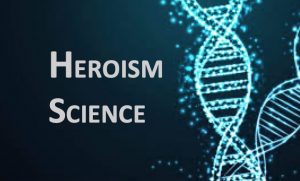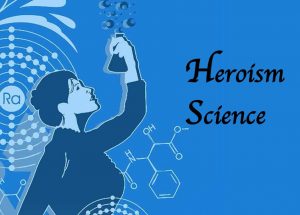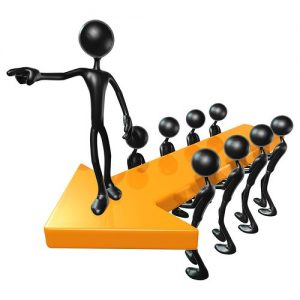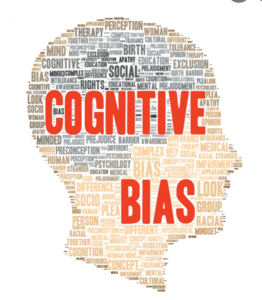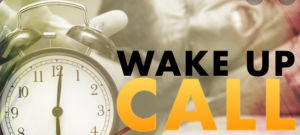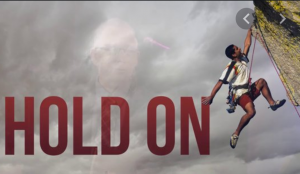 Below is a partial listing of phenomena discovered by Dr. Scott T. Allison’s research lab from 1985 to the present day.
Below is a partial listing of phenomena discovered by Dr. Scott T. Allison’s research lab from 1985 to the present day.
1. The Group Attribution Error – 1985
The tendency to overlook the power of group decision rules in producing group outcomes, leading to the inference that group outcomes reflect group members’ attitudes.
Allison, S. T., & Messick, D. M. (1985). The group attribution error. Journal of Experimental Social Psychology, 21, 563-579.
2. The Illusion of Attitude Change – 1987
People’s tendency to use two decision outcomes to assume that attitude change has occurred, overlooking the role of two difference decision rules.
Mackie, D. M., & Allison, S. T. (1987). Group attribution errors and the illusion of group attitude change. Journal of Experimental Social Psychology, 23, 460-480.
3. The Feature-Positive Effect on Attitude and Consensus Judgments – 1988
The tendency of actions to exert a stronger effect on attitudes and consensus judgements compared inactions.
Allison, S. T., & Messick, D. M. (1988). The feature-positive effect, attitude strength, and degree of perceived consensus. Personality and Social Psychology Bulletin, 14, 231-241.
4. Muhammad Ali Effect – 1989
The tendency of people to rate themselves as more moral than others but not necessarily as more intelligent than others. (based on a quip from Ali who said after failing the Army entrance exam, ‘I never said I was the smartest, only the greatest’)
Allison, S. T., Messick, D. M., & Goethals, G. R. (1989). On being better but not smarter than others: The Muhammad Ali effect. Social Cognition, 7, 275-296.
5. Constructive Social Comparison – 1991
The phenomenon of people’s needs and motivations biasing their social comparisons in a self-serving manner.
Goethals, G. R., Messick, D. M., & Allison, S. T. (1991). The uniqueness bias: Studies of constructive social comparison. In J. Suls & B. Wills (Eds.), Social comparison: Contemporary theory and research (pp. 149-176). New York: Lawrence Erlbaum.
6. Nonpartitioned Resource Overconsumption Effect – 1992
The tendency of people to consume more than their fair share of a common resource when they resource is nonpartitioned in nature compared to when it is partitioned.
Allison, S. T., McQueen, L. R., & Schaerfl, L. M. (1992). Social decision making processes and the equal partitionment of shared resources. Journal of Experimental Social Psychology, 28, 23-42.
7. Group Correspondence Biases in Public Goods Tasks – 1994
The bias in assuming that a successful outcome in public goods tasks is diagnostic of group members’ level of cooperation and competence.
Allison, S. T., & Kerr, N. L. (1994). Group correspondence biases and the provision of public goods. Journal of Personality and Social Psychology, 66, 688-698.
8. Metaphor-Based Hypotheses in Social Dilemma Research – 1996
The strategy of scientists to employ metaphorical images to inform their research on social dilemma situations.
Allison, S. T., Beggan, J. K., & Midgley, E. H. (1996). The quest for ‘similar instances’ and ‘simultaneous possibilities’: Metaphors in social dilemma research. Journal of Personality and Social Psychology, 71, 479-497.
9. Unintended Resource Overconsumption Effect – 1997
The tendency of people to accidentally overconsume common resources.
Herlocker, C. E., Allison, S. T., Foubert, J. D., & Beggan, J. K. (1997). Intended and unintended overconsumption of physical, spatial, and temporal resources. Journal of Personality and Social Psychology, 73, 992-1004.
10. Two-Stage Process Model of Shared Resource Consumption – 2000
A psychological model of resource consumption that consists of an initial application of a “divide equally” rule followed by an adjustment from this rule in a self-serving direction.
Roch, S., Samuelson, C., Allison, S. T., & Dent, J. (2000). Cognitive load and the equality heuristic: A two stage model of resource overconsumption in small groups. Organizational Behavior and Human Decision Processes, 83, 185-212.
11. The Paradox of Ambiguous Information – 2002
The tendency of people to judge ambiguous information as less important than nonambiguous information despite preferring to share ambiguous information with their collaborators.
Eylon, D., & Allison, S. T. (2002). The paradox of ambiguity in cooperative and competitive organizational settings. Group and Organization Management, 27, 172-208.
12. The Death Positivity Bias – 2005
The tendency of people to evaluate the dead more favorably than the living.
Allison, S. T., & Eylon, D. (2005). The demise of leadership: Death positivity biases in posthumous impressions of leaders. In D. Messick & R. Kramer (Eds.), The Psychology of Leadership: New Perspectives and Research (pp 295-317). New York: Erlbaum.
13. The Frozen in Time Effect – 2005
People’s tendency to resist changing their impressions of the dead compared to the living.
Eylon, D., & Allison, S. T. (2005). The frozen in time effect in evaluations of the dead. Personality and Social Psychology Bulletin, 31, 1708-1717.
14. The Underdog Abandonment Effect – 2008
The tendency of people to no longer root for the underdog when both self‐relevance and consequences are low.
Kim, J., Allison, S. T., Eylon, D., Goethals, G., Markus, M., McGuire, H., & Hindle, S. (2008). Rooting for (and then Abandoning) the Underdog. Journal of Applied Social Psychology, 38, 2550-2573.
15. The Great Eight Traits of Heroes – 2011
The discovery that people believe that heroes possess the traits of wise, strong, charismatic, caring, resilient, reliable, selfless, and inspiring.
Allison, S. T., & Goethals, G. R. (2011). Heroes: What they do and why we need them. New York: Oxford University Press.
16. Social Influence Based Taxonomy of Heroism – 2012
The scientific identification of heroes as Transforming, Transfigured, Traditional, Transparent, Transposed, Tragic, Transitional, Transitory, Trending, and Transcendent.
Allison, S. T., & Goethals, G. R. (2013). Heroic leadership: An influence taxonomy of 100 exceptional individuals. New York: Routledge.
17. The Heroic Leadership Dynamic – 2014
A system of psychological forces that can explain how humans are drawn to heroes, how they benefit from these heroes and their stories, and how heroic tales help people become heroes themselves.
Allison, S. T., & Goethals, G. R. (2014). “Now he belongs to the ages”: The heroic leadership dynamic and deep narratives of greatness. In Goethals, G. R., et al. (Eds.), Conceptions of leadership: Enduring ideas and emerging insights. New York: Palgrave Macmillan.
18. Epistemic and Energizing Functions of Heroism – 2014
The conceptualization of the functions of heroism that includes epistemological needs involving the imparting of wisdom and emerging needs involving healing, growing, and inspiration.
Allison, S. T., & Goethals, G. R. (2014). “Now he belongs to the ages”: The heroic leadership dynamic and deep narratives of greatness. In Goethals, G. R., et al. (Eds.), Conceptions of leadership: Enduring ideas and emerging insights. New York: Palgrave Macmillan.
19. The Johnny Carson Effect – 2014
The tendency of people’s current need states to determine their choice of heroes, with these need-states changing as a function of people’s developmental stages and their changing life circumstances. (named after Johnny Carson’s quip that after all his divorces, his hero changed from Babe Ruth to King Henry VIII)
Allison, S. T., & Goethals, G. R. (2016). Hero worship: The elevation of the human spirit. Journal for the Theory of Social Behaviour, 46, 187-210.
20. Six Benefits of Suffering – 2016
The identification of benefits of suffering as offering (1) redemption, (2) developmental progress, (3) humility, (4) compassion, (5) social union, and (6) meaning and purpose.
Allison, S. T., & Setterberg, G. C. (2016). Suffering and sacrifice: Individual and collective benefits, and implications for leadership. In S. T. Allison, C. T. Kocher, & G. R. Goethals (Eds), Frontiers in spiritual leadership: Discovering the better angels of our nature. New York: Palgrave Macmillan.
21. Six Types of Heroic Transformation – 2017
Six commons patterns of transformation in heroes that involve changes in their mental, emotional, physical, spiritual, moral, and motivational state.
Allison, S. T., Goethals, G. R., & Kramer, R. M. (2017). Setting the scene: The rise and coalescence of heroism science. In S. T. Allison, G. R. Goethals, & R. M. Kramer (Eds.), Handbook of heroism and heroic leadership. New York: Routledge.
22. Three Heroic Transformative Arcs – 2017
The tendency of heroes to transform from a state of egocentricity to sociocentricity; from dependence to autonomy; and from stagnation to growth.
Allison, S. T., & Goethals, G. R. (2017). The hero’s transformation. In S. T. Allison, G. R. Goethals, & R. M. Kramer (Eds.), Handbook of heroism and heroic leadership. New York: Routledge.
23. The Personal Heroic Imperative – 2018
Each human being’s built-in mandate to fulfill their heroic imperative by imagining and creating their own heroic growth.
Efthimiou, O., Allison, S. T., & Franco, Z. E. (2018). Heroism and wellbeing in the 21st century: Recognizing our personal heroic imperative. In O. Efthimiou, S. T. Allison, & Z. E. Franco (Eds.), Heroism and wellbeing in the 21st Century: Applied and emerging perspectives. New York: Routledge.
24. Transcendent and Trapped Immortality – 2018
The tendency of people to perceive dead heroes and villains differently. Specifically, we believe deceased good-doers achieve transcendent immortality, with their souls persisting beyond space and time; and evil-doers to have trapped immortality, with their souls persisting on Earth, bound to a physical location.
Gray, K., Anderson, S., Doyle, C. M., Hester, N., Schmitt, P., Vonasch, A., Allison, S. T., and Jackson, J. C. (2018). To be immortal, do good or evil. Personality and Social Psychology Bulletin, 44, 868-880.
25. Heroic Lag – 2019
The delay between the point in time when a hero first expresses their heroic message and when mainstream society adopts that message.
Goethals, G. R., & Allison, S. T. (2019). The romance of heroism and heroic leadership: Ambiguity, attribution, and apotheosis. West Yorkshire: Emerald.
26. Heroic Consciousness – 2019
The tendency of heroes to demonstrate a mental and experiential approach to the world that is nondualistic, transrational, unitive, and empowered.
Allison, S. T. (2019). Heroic consciousness. Heroism Science, 4, 1-43.
27. Seven Barriers to Heroic Transformation – 2019
The tendency of people to avoid heroic transformation because of self-ignorance, impoverished environments, personal trauma, victim identification, absence of mentors, mental/physical illness, and lack of psychological flexibility.
Allison, S. T., Goethals, G. R., Marrinan, A. R., Parker, O. M., Spyrou, S. P., Stein, M. (2019). The metamorphosis of the hero: Principles, processes, and purpose. Frontiers in Psychology, 10, 606.
28. Heroic Leadership Imperative – 2020
The mandate of transforming heroic leaders to meet the individual, collective, and transcendent needs of their followers.
Allison, S. T. & Goethals, G. R. (2020). The heroic leadership imperative: How leaders inspire and mobilize change. West Yorkshire: Emerald.
29. Heroic Wholeness Imperative – 2020
The mandate of leaders to promote psychological wholeness and well-being by meeting the higher-level transcendent needs of followers.
Allison, S. T. & Goethals, G. R. (2020). The heroic leadership imperative: How leaders inspire and mobilize change. West Yorkshire: Emerald.
30. The Hero Androgyny Phenomenon — 2020
The tendency of heroes to possess both masculine and feminine traits, i.e., agency plus communality.
Hoyt, C. L., Allison, S. T., Barnowski, A., & Sultan, A. (2020). Lay theories of heroism and leadership: The role of gender, communion, and agency. Social Psychology, 51, 381-395.
31. Heroic Autonomy — 2021
The imperative of the hero to perform the last and most crucial heroic act alone and independent from their friends and mentors.
Allison, S. T. (2021). Beth Harmon’s hero’s journey: The psychology of heroism in The Queen’s Gambit. Richmond: Palsgrove.
32. Heroic Balance — 2021
The ability of the hero to achieve a healthy life balance needed to achieve their heroic mission. Heroes needs to balance intuition with reason; emotion with logic; self-confidence with humility; autonomy with dependency; personal life with professional life; and more.
Allison, S. T. (2021). Beth Harmon’s hero’s journey: The psychology of heroism in The Queen’s Gambit. Richmond: Palsgrove.
33. Heroism Attribution Error – 2022
The tendency of people to confuse fame for heroism, such that they attribute heroism to celebrities who are famous for non-heroic reasons.
Goethals, G. R., & Allison, S. T. (2022). The construction and presentation of heroes and heroines. In K. Lee (Ed.) A cultural history of fame in the modern age. Camden, UK: Bloomsbury Press.
34. Motional Intelligence — 2023
The ability of leaders to use their bodily movements effectively in such a way to inspire and mobilize followers.
Allison, S. T. (2023). Motional intelligence and leadership. In G. R. Goethals, S. T. Allison, & G. J. Sorenson (Eds.). The SAGE Encyclopedia of Leadership Studies. Sage: Thousand Oaks, CA.
.
– – – – – – – – – – – – – – – –
Like this:
Like Loading...
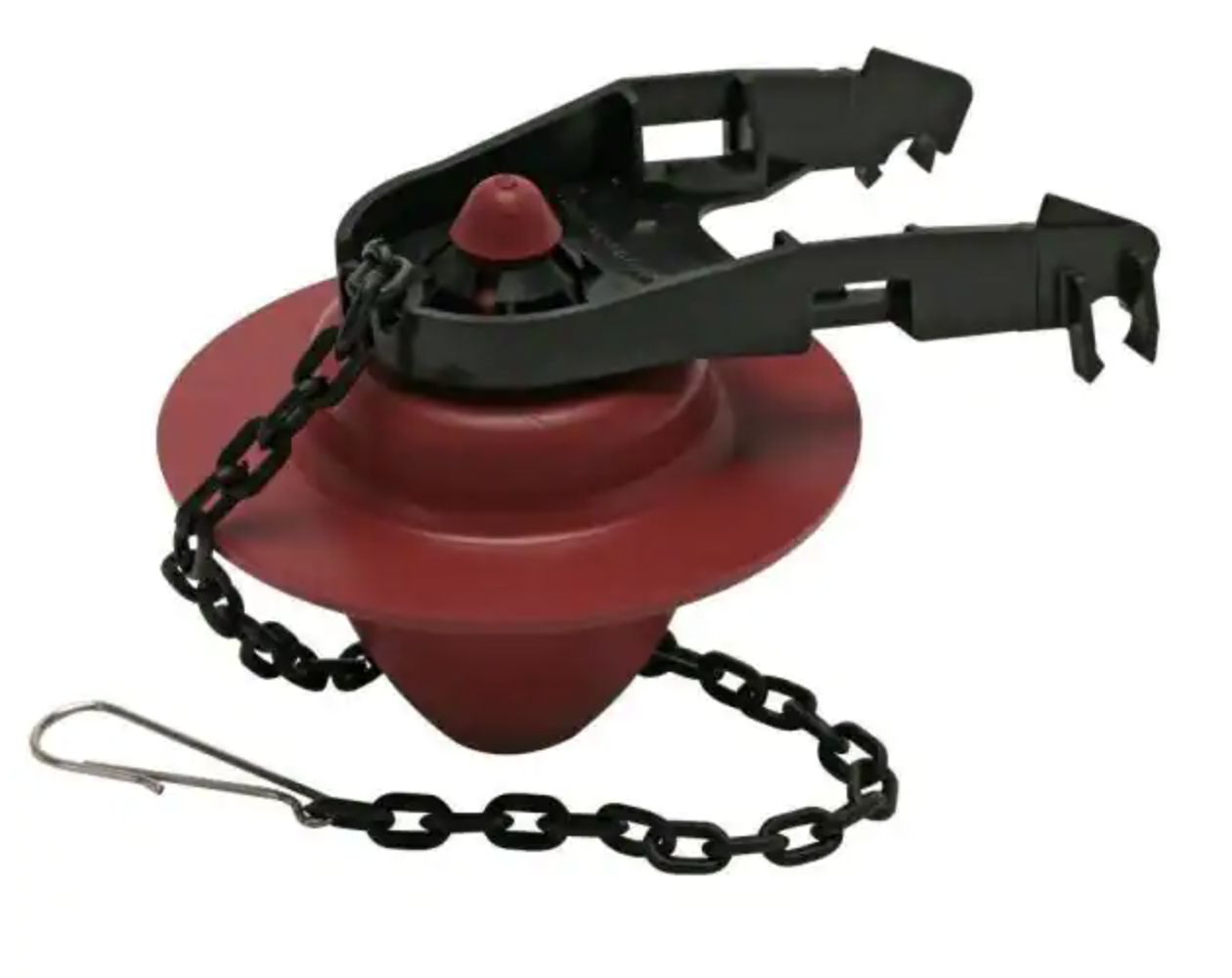 and found one that looked promising. Returning to the counter to ring it up, we found yet another employee waiting for us, making it five on our team, and this fifth Beatle had his own ideas.
and found one that looked promising. Returning to the counter to ring it up, we found yet another employee waiting for us, making it five on our team, and this fifth Beatle had his own ideas. During an occasional lucid moment, I am reminded that I failed. I then comfort myself with the words of my hero, Captain Jean-Luc Picard, who once said: “It is possible to commit no mistakes and still lose. That is not weakness, that is life.”
During an occasional lucid moment, I am reminded that I failed. I then comfort myself with the words of my hero, Captain Jean-Luc Picard, who once said: “It is possible to commit no mistakes and still lose. That is not weakness, that is life.”
